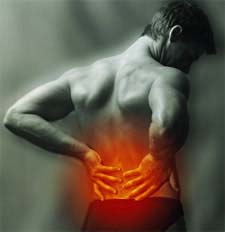 When combined with spinal manipulation, exercise, and other co-interventions, prolotherapy may improve chronic low-back pain and disability.
When combined with spinal manipulation, exercise, and other co-interventions, prolotherapy may improve chronic low-back pain and disability.
Think of it as complementary therapy for complementary therapy.
Researchers from Ontario, Canada identified 5 studies that examined prolotherapy injections in 366 patients with chronic low-back.
Here’s what they found.
When prolotherapy injections were used alone.
- 3 studies (206 participants)
- No more effective than placebo injections for chronic low-back pain and disability.
Prolotherapy plus spinal manipulation, exercise, and other therapies
- 2 studies (160 participants)
- More effective than placebo injections for chronic low-back pain and disability.
- Both studies reported a significant difference in the proportion of individuals who reported over 50% reduction in disability or pain.
- Only one study reported a significant difference between groups in pain and disability at 6 months after treatment.
The bottom line?
Prolotherapy uses a dextrose (sugar water) solution, which is injected into the ligament or tendon where it attaches to the bone. This causes a localized inflammation, which then increases the blood supply and flow of nutrients and stimulates the tissue to repair itself.
Hippocrates first used a version of this technique on soldiers with dislocated, torn shoulder joints.
Maybe so, but 5 studies over two millennia don’t tell us much. On the other hand, maybe it tells us all we need to know.
7/14/07 21:50 JR